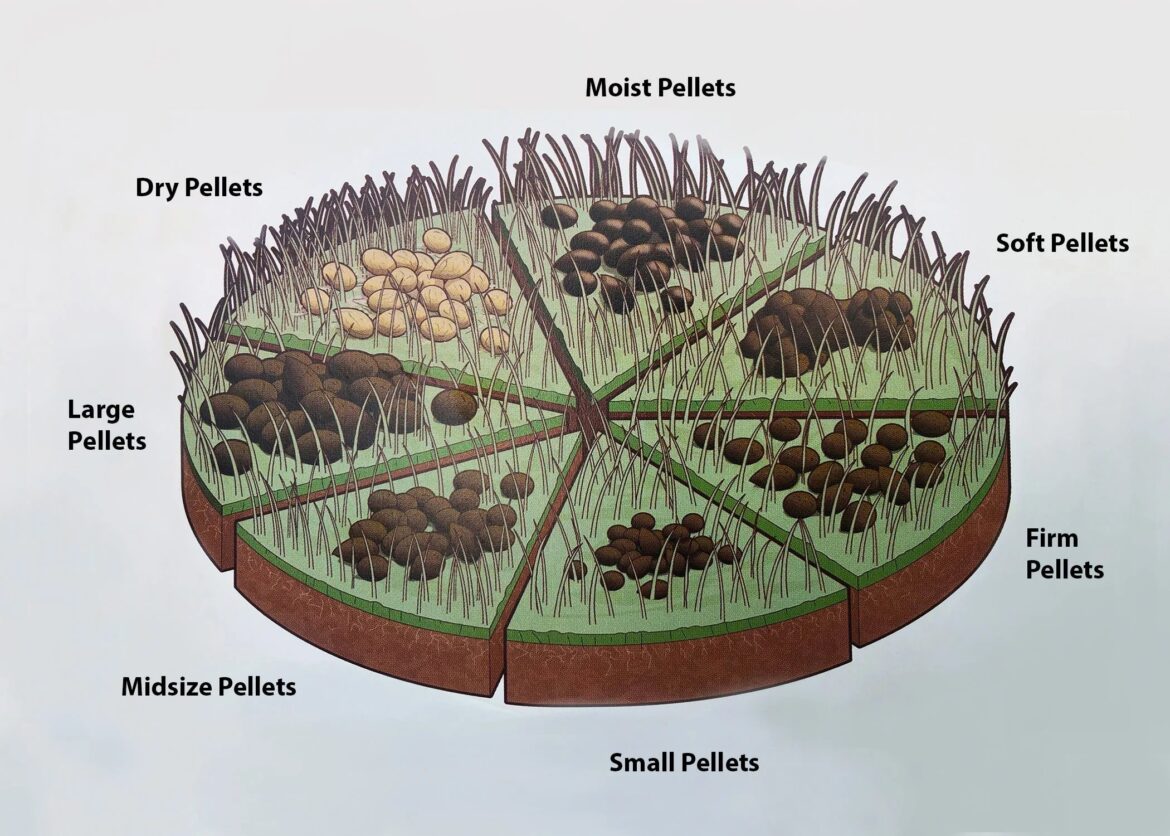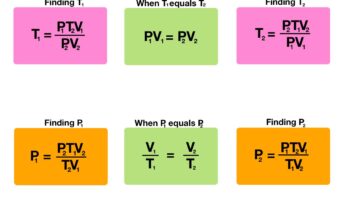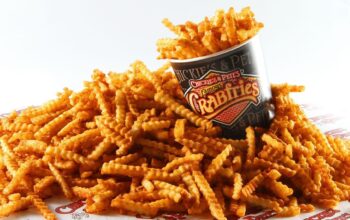Deer poop, also known as scat, can vary in appearance depending on the deer’s diet. It generally looks like small, round pellets, similar in shape to beans. The color can range from dark brown to black, and the texture is often firm and segmented. Identifying what does deer poop look like is essential for tracking deer in the wild or understanding their presence in your area. Let’s delve deeper into the characteristics of deer scat and how to differentiate it from other animal droppings.
What Does Deer Poop Look Like
Welcome, nature explorers! Have you ever wandered through the woods and come across some mysterious droppings on the ground? Well, those might just be deer poop! Deer are fascinating creatures that roam our forests and fields, and their poop can tell us a lot about them. In this article, we will dive deep into the world of deer poop – what it looks like, why it’s important, and how you can identify it in the wilderness.
Identifying Deer Poop
So, what does deer poop look like? Deer droppings, also known as “scat,” can vary in appearance depending on the deer’s diet and health. Generally, deer poop resembles small pellets, similar in shape to olive pits. The size of the droppings can also give you a clue about the deer’s age and sex. Adult deer typically leave larger droppings compared to younger deer.
One distinctive feature of deer poop is its color. Fresh deer scat usually has a dark brown or black hue, but it can change color as it dries out. If you spot lighter-colored pellets, they might be older droppings that have been exposed to the elements for a while.
Understanding Deer Diet
Deer are herbivores, which means they primarily feed on plant matter. Their diet consists of leaves, twigs, fruits, and grasses. This plant-based diet directly influences the composition of their poop. When you examine deer scat closely, you may even be able to identify specific plant materials that the deer has consumed.
Deer scat can also provide valuable insights into the health of the deer population in an area. For example, if you notice a significant change in the appearance of deer droppings, such as diarrhea or unusual coloration, it could be a sign of a health issue affecting the deer population.
Deer Poop vs. Other Animal Droppings
As you explore the outdoors, you may come across various types of animal droppings, and it’s essential to be able to distinguish deer poop from other types of scat. Deer droppings are often confused with those of rabbits, which are similar in shape but smaller in size. Rabbit droppings are also typically rounder and more uniform in appearance compared to deer pellets.
Another common confusion is between deer scat and elk scat. While both animals are part of the deer family, elk droppings are larger and more elongated than those of deer. Additionally, elk droppings may contain more fibrous plant material due to their different dietary preferences.
Signs of Deer Activity
Identifying deer poop in the wild can also help you track deer activity in an area. By studying the freshness and quantity of droppings, you can determine how recently deer have been present in a particular location. Fresh, moist droppings are a good indicator of recent deer activity, while dry and scattered droppings may suggest that deer have moved on to a different area.
Furthermore, the location of deer droppings can provide valuable information about deer behavior. Deer tend to leave droppings along well-traveled paths, known as deer trails. By following these trails and observing the presence of deer scat, you can gain a better understanding of where deer like to roam and feed.
In conclusion, deer poop can tell us a lot about these graceful animals that inhabit our forests and meadows. By understanding what deer poop looks like and how to identify it, you can deepen your appreciation for the natural world around you. So, next time you’re out exploring nature, keep an eye out for those telltale pellets on the ground – they might just lead you to a fascinating encounter with a deer!
Remember to always respect wildlife from a safe distance and leave no trace of your presence in their habitats. Happy deer poop spotting, young nature enthusiasts!
The Scoop on Deer POOP !!
Frequently Asked Questions
How can I identify deer poop in the wild?
Deer poop, also known as scat, is typically small, cylindrical pellets that are dark in color. They are often clustered together and may vary in size depending on the deer’s age and diet.
Is there a distinct smell associated with deer poop?
Deer poop generally does not have a strong odor, unlike the droppings of some other animals. This can be a helpful characteristic to differentiate deer feces from that of other wildlife.
What factors can influence the appearance of deer poop?
The appearance of deer poop is influenced by various factors such as the deer’s diet, hydration levels, and health. Changes in diet, for example, can result in temporary alterations in the color and texture of their scat.
Final Thoughts
In conclusion, deer poop is usually small, round pellets that resemble cocoa puffs. The color can vary depending on their diet, ranging from dark brown to black. Identifying deer poop can help hunters track game in the wild. It is important to recognize what does deer poop look like to increase chances of a successful hunt.




